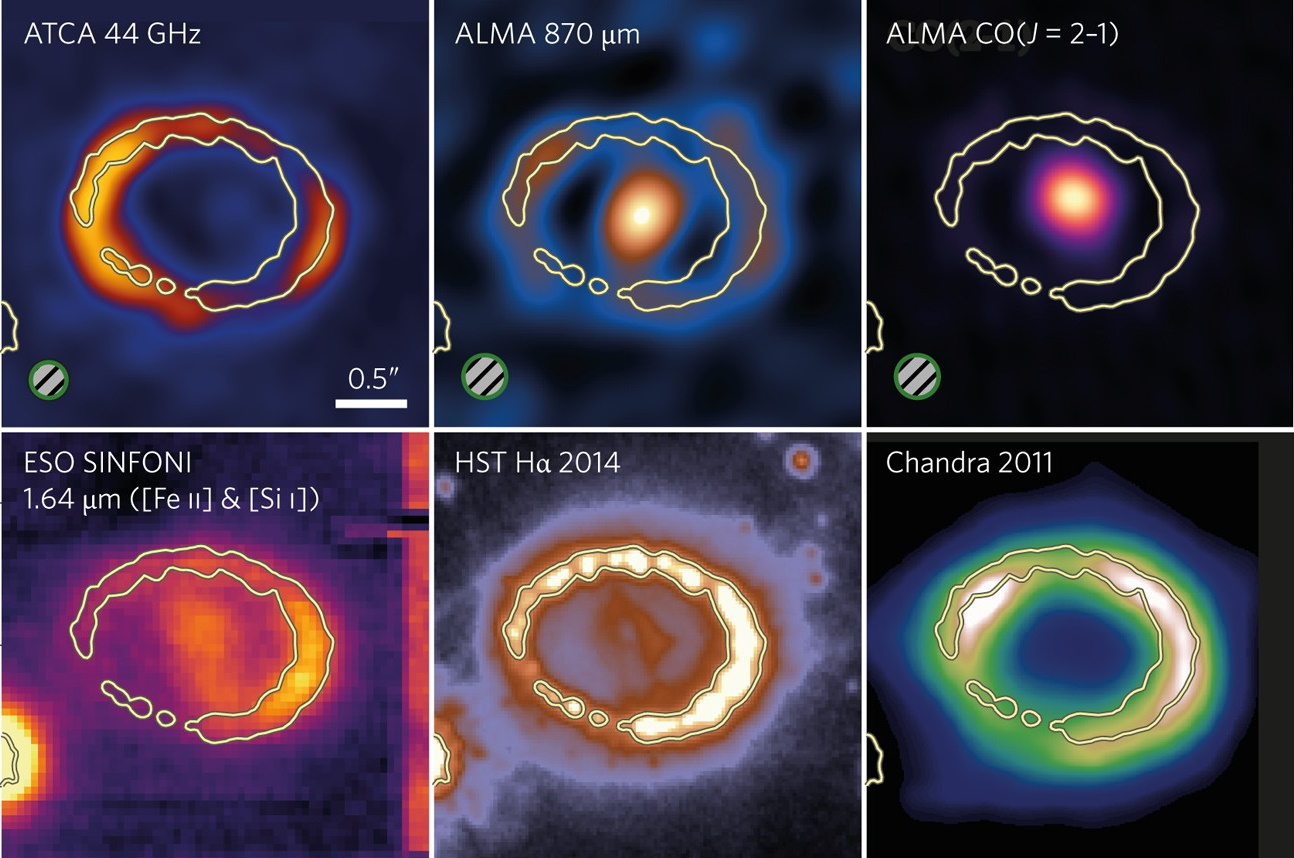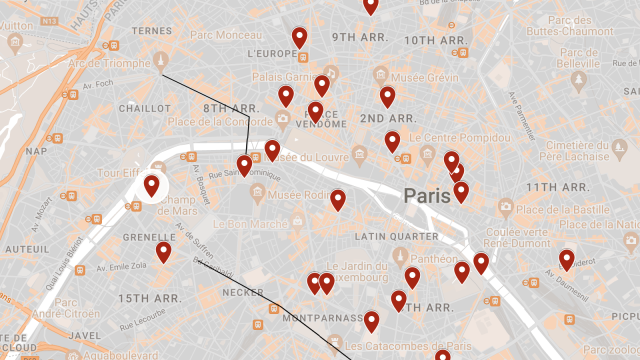Starts With A Bang Podcast #77: Stellar Destruction with Dr. Yvette Cendes

- Some stars die of natural causes, burning through their fuel until they can fuse elements no longer.
- Others, though, find their lives cut short by the intervention of another astrophysical object: basically, they’re murdered before they die of natural causes.
- By observing their evolving remnants in multiple wavelengths, we can decode precisely what happened. Here’s the science of how.
Some stars die of natural causes. Others meet a grizzlier fate. As they go through their life cycles, most stars will die on time, right when they’re supposed to, as determined by their initial masses. They’ll burn through their fuel until they can fuse elements no longer, and then will die, becoming a white dwarf below a certain mass threshold, or experiencing a core-collapse supernova that leaves behind a neutron star, a black hole, or perhaps something even more interesting above that mass threshold. But some stars, while just going about their lives, can suffer a wildly different fate: they can be murdered by other objects in the Universe. Stellar destruction can take many forms and can give off many different, unique signals, and it’s only by examining a wide range of the electromagnetic spectrum, as well as other types of sources, that we can decode what’s actually going on across the Universe.
I’m so pleased to welcome Dr. Yvette Cendes to the program, who specializes in radio astronomy and the behavior of exotic objects that change their behavior over time: transient signals. Yvette is a fellow at the Harvard-Smithsonian Center for Astrophysics and an expert in not only how stars die, but in uncovering their history by observing the changes in what’s left behind.
There’s so much to explore and I hope you enjoy this fascinating 90-minute discussion right here on the Starts With A Bang podcast!





